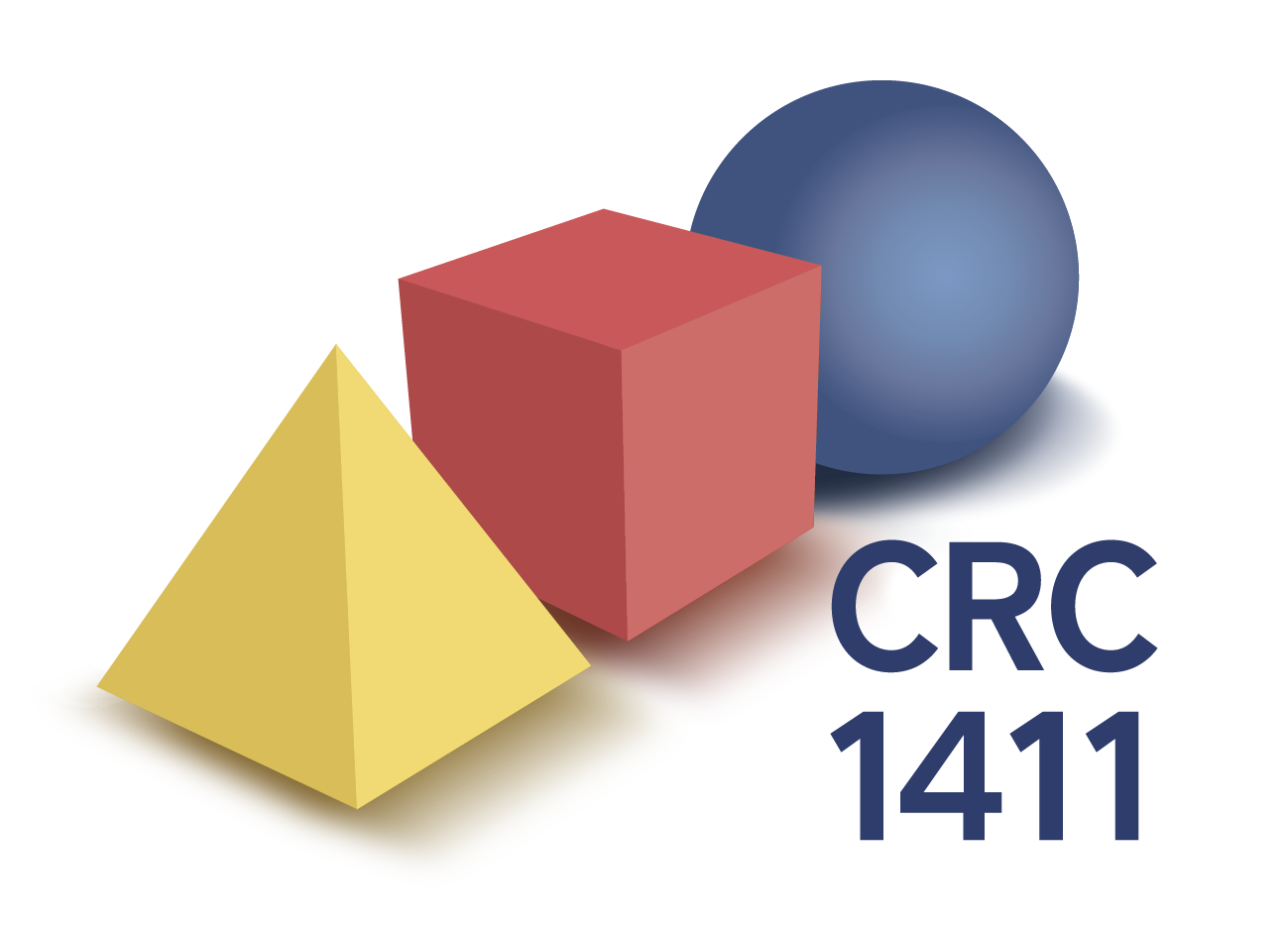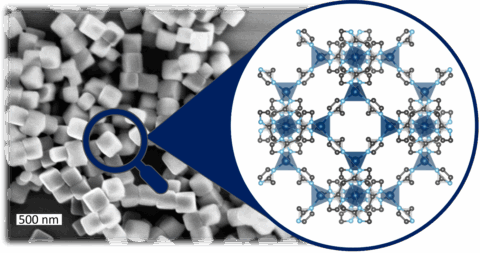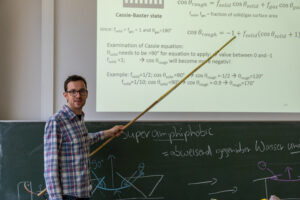CRC 1411 – Design of Particulate Products
CRC 1411- Design of Particulate Products
The key objective and long-term vision of Collaborative Research Centre 1411 is the targeted design of particulate products by rigorous optimisation based on predictive structure-property and process-structure functions.
We target scientific breakthroughs in the product engineering of nanoparticles with optimised optical properties produced by continuous synthesis directly coupled to property-specific classification of nanoparticles by chromatography. These challenges are addressed from different perspectives in four strongly interlinked research areas. These will be underpinned by the development of joint methodologies in synthesis, classification, characterisation as well as modelling, simulation, and optimisation.
Latest News
The 2025 Nobel Prize for chemistry has been awarded to Susumu Kitagawa, Richard Robson and Omar M. Yaghi for the development of a new type of molecular architecture. The constructions they created – metal–organic frameworks (MOFs) – contain large cavities in which molecules can flow in and out. Rese...
We are delighted to share that Prof. Nicolas Vogel received top rankings in the FAU Faculty of Engineering’s student teaching evaluations for his courses in the summer semester 2025.
His lectures “Grenzflächen in der Verfahrenstechnik” and “Polymer Science and Processing” were each awarded first pl...
We’re proud to announce that our research was featured in the “Sendung mit der Maus”, one of Germany’s most beloved kids TV programs — and not just in any episode! Our contribution was selected for the special episode #DeineSendung and part of the special broadcast for the Day of German Unity on Oct...
CRC 1411 “Design of Particulate Products” had a standout presence at PARTEC 2025 (23–25 September, Nuremberg), one of the world’s leading international congresses on particle technology, organized by VDI Wissensforum GmbH and NürnbergMesse and held alongside the POWTECH Technopharm exhibition and tr...
CRC 1411 researcher Dr. Carlos L. Bassani has received an ERC Starting Grant for his project kineticSHAPES – Kinetic Pathways to Control Nanocrystal Shapes. The project will investigate how nanocrystal morphologies emerge under non-equilibrium conditions. By developing simulation methods that span f...
CRC 1411 Project C01 is seeking a talented doctoral researcher (f/m/d) to advance scale-bridging correlative tomography at FAU—leveraging state-of-the-art electron and X-ray imaging to unravel hierarchical porous structures. Apply by 30 September 2025.
More information and application here: https...
Go to the news page for more details.










